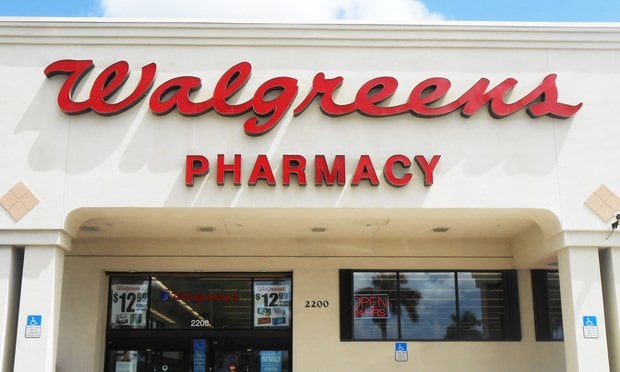As consumers take on more of the cost of their annual health care bill — which their employers paid for in the form of very comprehensive insurance previously — they're demanding better information, better processes and better insight into what they get for those dollars. We call that health care consumerism.
Consumers are beginning to bring a perspective from interactions they have in other facets of their lives. Think experiences with retail, banking and financial services.
They also face significant economic realities, including greater exposure to health care costs, concerns about having enough money to send their children to college or having enough money to retire. Changing expectations combined with sobering economic realities and a big dose of technology makes for a significant shift in the underlying dynamics of the health care market. With the advent of consumerism, brokers must change elements of their solutions to provide value in this dynamic market.
Recommended For You
Consumer expectations
Here are five factors that make being a "consumer" or "shopper" possible.
- Convenience. Online shopping (for anything) can make what used to be a time consuming task easy and convenient. Mobile app Instacart offers grocery shopping services across a range of stores, including Whole Foods and Trader Joes. Your order is placed, a personal shopper takes care of it and it arrives (usually) in less than two hours. That's less time than it would take you to do the same thing.
- Seamless. Not only has the music world changed with Apple iTunes and Spotify, but how we access it has changed as well. Shazaam is an app that identifies the music you hear playing and then enables you to purchase and download it onto your mobile device. When someone has created an experience that allows you to go from listening to owning without skipping a beat, that is seamless.
- Personalized. Nest (nest.com) may only seem like an attractive home thermostat, but don't be fooled. In a week, Nest knows that you like your home cool at night for sleeping and warmer in the morning when you awaken. It knows that during the weekends you'll want the temperature set differently than during the week. Like iTunes' Genius, NetFlix or Amazon Recommendations, it is learning about you and using information to make your world better for YOU.
- Transparency. Edmunds (www.edmunds.com) fixes the imbalance of information between the buyer and the seller so purchasing cars becomes less painful. The buyer, knowing both cost and quality ratings of the vehicle, is able to weigh those two factors to create their own value equation.
- Choices. Dating app Tinder allows people to quickly see and evaluate people of interest by looking at photos and either dismissing or messaging that person. It's the bar dating scene — through your phone.
Economic realities
The other force pushing consumerism in health care is economic. Here are a few examples:
Health care is more expensive, with average annual health insurance premiums for family coverage nearly doubling between 2003 and 2013, according the Kaiser Family Foundation/Health Research & Educational Trust.
- Employers are shifting costs to employees. Many strategies are prevalent today. Employers may no longer extend coverage to spouses or only pay for high deductible health plans, which have cheaper premiums. This results in the consumer paying the first $5,000 in office visits, diagnostic exams or medicines out of their pockets in some instances.
- Concurrently, the portion of household income spent on health care costs has and will continue to rise.
- Consumers — regardless of insurance coverage — report more problems paying medical bills, according to the National Center for Health Statistics.
- General acknowledgement that fee-for-service reimbursement creates the wrong incentives and does not drive value nor good outcomes.
What's ahead?
Go into your local Walgreens or CVS and you can see that retail health is here. Not only can we get our flu shot there (and have it reimbursed or better, done for free) but we can also have throat cultures conducted and ears checked. With rapid results, we then can fill the prescription before heading to work. Walgreens claims 75 percent of Americans live within 5 – 7 miles of a store. Retailers such as Walgreens, CVS or Wal-Mart recognize the opportunity in health and will leverage their brick and mortar stores to capture more market share.
Other examples of how consumerism is evolving in health include the proliferation of apps and wearable devices to track and monitor health metrics. Likewise, consumers continue to exercise their shopping prowess as they evaluate insurance options and consider more than just premiums on exchanges.
What does this all mean for brokers? Ultimately, brokers can continue to provide value to their clients in many ways. As consumers assume greater control over their health and health dollars, brokers need to recognize that the market has gone from B2B to B2B2C, and this changes the needs of their target market.
By acknowledging that the needs of consumers are different from their historic buyers (the benefits managers), brokers will help their clients craft benefits strategies that both maximize value and are truly consumer-driven.
© 2025 ALM Global, LLC, All Rights Reserved. Request academic re-use from www.copyright.com. All other uses, submit a request to [email protected]. For more information visit Asset & Logo Licensing.







